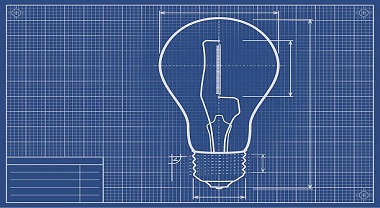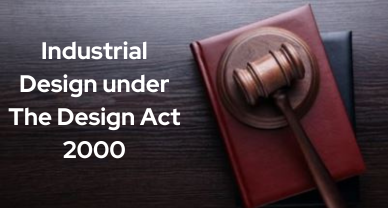Understanding the Design Patent in the United States
The importance of patents for an invention is well known. The inventor seeks the patent rights for commercially exploiting the invention. The patent protects the efficacy and the advances which the invention makes. It protects the function of the said invention that is being claimed by it. The inventor needs to protect the subject matter of the invention. But it is more or less equally important for the invention to protect the way something looks like. For the protection of the same, the design patents offer a strong complement to utility patent coverage and help prevent copycats and substantially similar products from entering the marketplace. To put it simply, the design patent will protect the way of how the product will look like. Patents in the USA are generally of three types.
- Utility Patent
- Design Patent
- Plant Patent
Utility Patents are those which are non-obvious of others in the particular field and are grouped into five categories: a process, a machine, manufacture, a composition of matter, or an improvement of an existing idea. A typical new and original design associated with a device will constitute to be a design patent. Plant patents are generally granted for any novel, non-obvious, asexually reproducible plant.

Design Patents: An important part
Design patent forms an important part of a company’s IP strategy and forms a strong tool in businesses like in the fashion industry, device manufacturing, technology, etc. Its importance increases as and when the distinctive feature of the look becomes the face of the product and the consumers relate the same with the origin. Some products that are prime candidates for design patent protection include graphical user interfaces (GUI), Smartphone apps, electronics, automotive products, building products, textiles, furnishings and furniture, designer goods, household items, and more.
Moreover, in the US, the design patent may be awarded in a few six to nine months. Strategically, getting protection through a design patent can be satisfactory, seeing the period which it takes for being awarded. Getting protection quickly can benefit the company strategically, instead of waiting for 2-3 years. Apple Company manufactures different kinds of computers, tablets, watches. In the United States, Apple was engaged in the patent war with Samsung Electronics, not for the utility patent but was of the design patent for prevailing over Samsung. The case which constitutes such a huge brand value makes valid sense for reasons to protect the design patent.
In an important decision by the United States Court of Appeals for the Federal Circuit in Egyptian Goddess v. Swisa, the test for the infringement was significantly changed putting up with the ordinary observer test. This test has significantly changed the ambit of proving the infringement with regards to the design patent. The court while delving into the case of design often checks the novelty of the design. This test further simplifies proving the design infringement, making it simpler. The test simply compares the infringing product with that of the design patent and concludes whether there is an infringement or not. This test simply puts the onus towards the drawing of the product, demonstrating whether the infringing product has copied the design patent or not. There are chances that the design patents still can be invalid. Due to this, it is often suggested that the owner should have more than one design patent.
Obtaining the temporary restraining order
In the US, a temporary restraining order (TRO) is used for preventing infringement. Having s simpler test, as specified above, getting a TRO becomes easier. This has become more useful in cases where a design is being exhibited in the trade show. The TRO might not be attained for utility patent since for this an effective infringement of the subject matter needs to be proved. But for the case of design, it is simple to just comparing it with the other design as per the test above. Similar to this happened at a Consumer Electronics Show in Las Vegas where a utility patent and a design patent were contended to be infringed. The owner could not get the TRO for the utility patent but successfully attained the TRO for the design patent.
In cases, there are chances that the functionality and the design are not easily separated. In such cases, it is imperative to think of getting both a utility patent (to protect function and internal mechanical structure) and a design patent (to protect the way the article visually presents). This affects business and portfolio management. For example, the automaker generally sought design patents. For this, the automaker can directly supply the original equipment at a substantially higher price. This is generally used by automakers to prevent the entry of the secondary market player. Therefore, obtaining a design patent over the entire look of a new vehicle also plays a good role when it comes to keeping the competitors out of the race.
Author: Saransh Chaturvedi (an advocate) currently pursuing LLM from Rajiv Gandhi School of Intellectual Property Law (IIT Kharagpur). In case of any queries please contact/write back to us at support@ipandlegalfilings.com.



